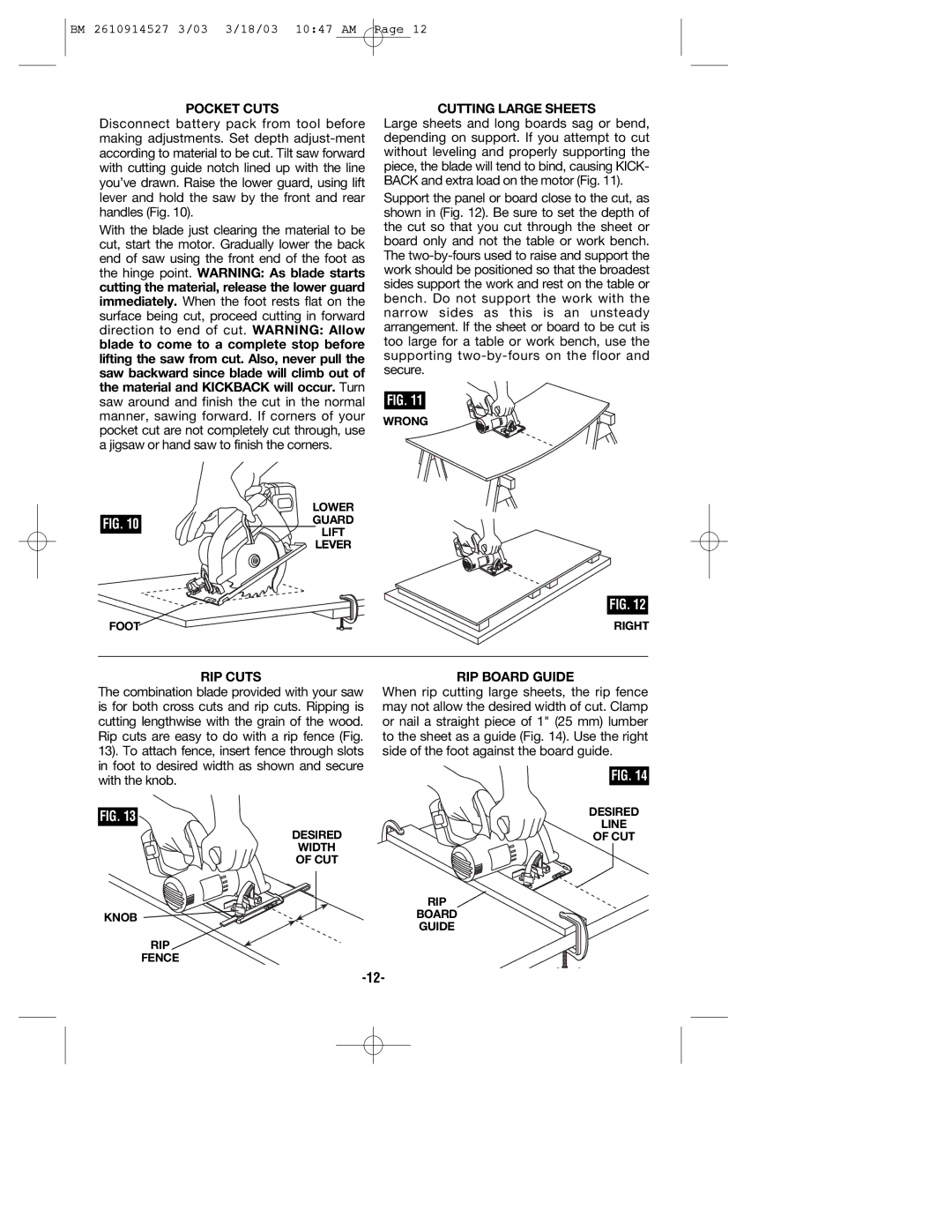1660, 1662 specifications
Bosch is renowned for its range of high-quality power tools, and the Bosch Power Tools 1662 and 1660 models are no exceptions. Designed for both professional tradespeople and DIY enthusiasts, these power tools combine cutting-edge technology with user-friendly features to deliver exceptional performance and reliability.The Bosch 1662 is known for its robust design and versatility. It is a corded power tool that provides consistent power for various applications, enabling users to tackle heavy-duty tasks with ease. One of its standout features is the adjustable speed control, which allows operators to customize the tool's RPM based on the specific material being worked on. This adaptability makes it suitable for a wide range of applications, from drilling into wood to working with metal.
The 1662 also incorporates a built-in electronic feedback system that maintains speed under load, ensuring smooth operation and preventing stalling during demanding tasks. Additionally, it features an ergonomic design with a soft-grip handle, providing comfort during prolonged use. This model is also equipped with an integrated spindle lock for easy bit changes, enhancing efficiency and convenience.
Turning to the Bosch 1660, this model shares many of the same qualities but boasts its unique set of specifications that cater to specific needs. The 1660 is particularly favored for its lightweight design, making it an excellent choice for users who prioritize portability. Despite its lighter weight, the 1660 does not compromise on power, offering sufficient torque for various drilling, chiseling, and fastening tasks.
Like its counterpart, the 1660 features variable speed control, allowing users to fine-tune their drilling performance. Its durable construction ensures longevity, while the combination of vibration control technology enhances user comfort, reducing fatigue during extended use.
Both models are equipped with high-quality motors that deliver impressive power while maintaining energy efficiency. Bosch's commitment to innovation is evident in the features and technology embedded in these models, ensuring that users can rely on their tools for professional-grade results. Overall, whether you choose the 1662 or the 1660, both power tools exemplify Bosch's dedication to quality and performance, making them excellent additions to any toolkit.

